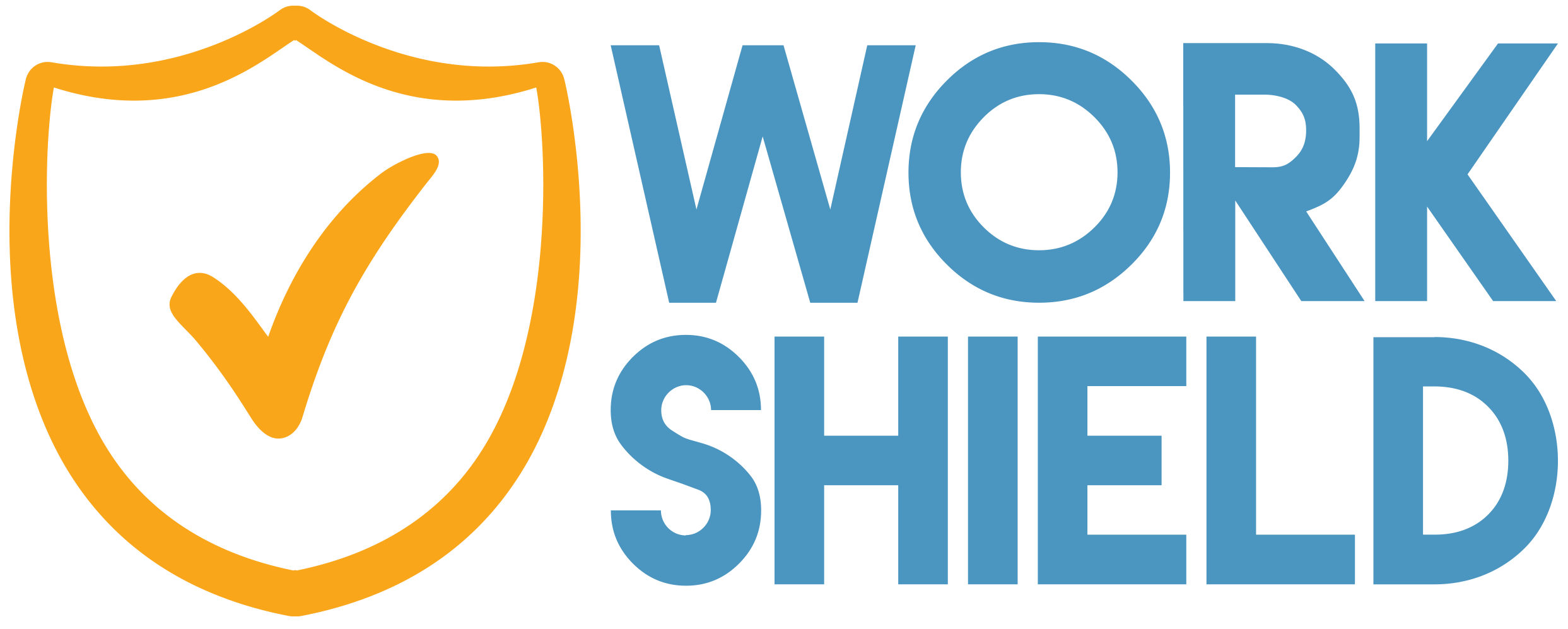The implementation of software as a service (SaaS). The takeover of artificial intelligence (AI) and augmented reality (AR). The shift to remote and hybrid work. Cutting-edge technology elevates businesses to a new level of success, but if we lose the human element, we lose the opportunity for genuine connections. Recently, a McKinsey survey found that in response to the pandemic, organizations have increased investment in AI technology and are continuing to move into the digital space. While businesses benefit from the convenience and speed of technology, it’s crucial to focus on the combination of the human element with these tools for long term success.
The Perfect Balance of Technology and Human Elements
While staying current in the digital age and creating efficiency through technology is key, studies show that customers desire a personalized experience. In fact, Epsilon research found that 80% of surveyed consumers want personalization from retailers. Let’s look at three focus areas to keep the human element in technology.
1. Use technology to create personalization: With tech tools being implemented like never before and 82% of U.S. consumers wanting more human interaction, it’s time to leverage technology with purpose. Boasting high-end software and programs for the sake of keeping up with the digital age is futile. Organizations must intentionally use technology to create an authentic experience by shaping digital tools to enhance the human element rather than eliminate it. For example, 43% of all consumers are willing to pay more for greater convenience, so strategically relying on technologies to increase speed and convenience is the perfect way to boost the human element with technology.
2. Don’t lose sight of workplace culture: In a time when organizations rely on virtual chat rooms and project management tools, it’s essential for employers to use technology to connect teams and boost morale. For instance, HR leaders can implement asynchronous communication tools which offer employees a more flexible schedule, and research shows it minimizes distraction and increases productivity.
3. Equip employees for success with the right tools: As automation improves the way businesses function, consumers still want to engage with people. Only 3% of surveyed consumers say they want their experiences to be “as automated as possible.” This means employees should be equipped to use technology as a support, not a substitute. Implementing a training system where top executives lead by example and employees know where to turn for extra guidance and resources is crucial.
Blending cutting-edge technology tools with the human element requires strategic planning, but if done well, it will give your organization a competitive edge. At Work Shield, we carefully blend our human expertise and personal touch with technology for a streamlined solution for workplace reporting and resolutions.
About Travis Foster
Travis heads up Work Shield’s legal department and is known to be something of a jack of all trades – he is an experienced entrepreneur, as well as an attorney with a mechanical engineering background who designed and managed projects in both the energy and public utilities industries. Travis also contributes his wealth of capital knowledge and growth strategies for businesses to the Work Shield team.
Follow him on LinkedIn.





